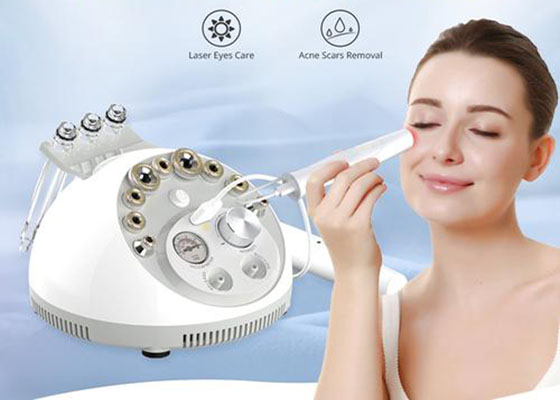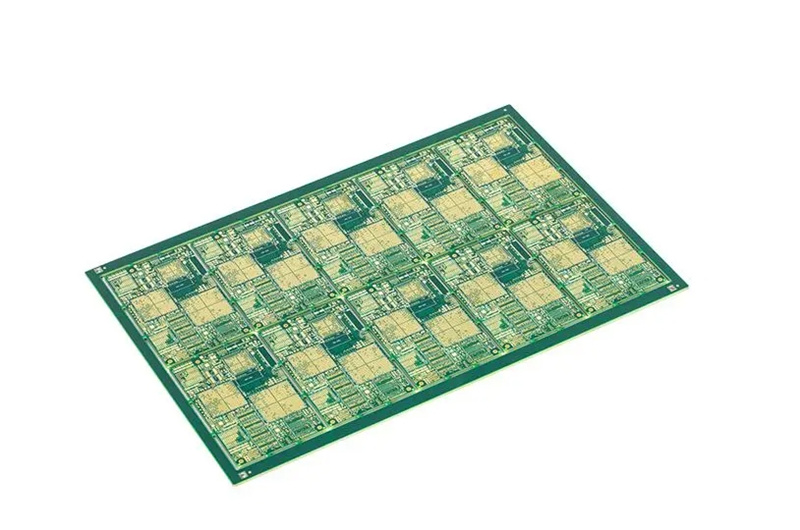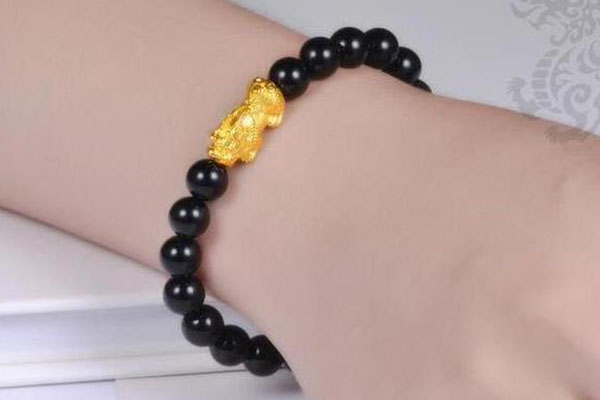Skincare is a vital part of our daily routine, especially for those with oily skin. The quest for finding the perfect skincare products can be overwhelming, with countless brands and options available. Two popular choices for oily skin are Cetaphil and CeraVe. In this blog post, we will compare these two brands and determine which one is better suited for oily skin.
Understanding Oily Skin
Oily skin is characterized by excess sebum production, leading to a shiny appearance and a higher likelihood of acne breakouts. Managing oily skin requires finding products that effectively control sebum production without stripping the skin of its natural moisture.
Overview of Cetaphil and CeraVe
Cetaphil and CeraVe are renowned skincare brands that offer a wide range of products designed to cater to various skin types, including oily skin.
Cetaphil
Cetaphil is a trusted brand that has been recommended by dermatologists for decades. It focuses on gentle, non-irritating formulations suitable for sensitive skin.
CeraVe
CeraVe is another highly regarded brand known for its science-backed formulations. It emphasizes the use of ceramides and other essential ingredients to strengthen the skin barrier.
Ingredients Comparison
Understanding the key ingredients in skincare products is crucial when choosing the right option for oily skin. Let’s compare the ingredients in Cetaphil and CeraVe products.
Cetaphil for Oily Skin
Cetaphil offers several products specifically formulated for oily skin. Some key ingredients include:
- Benzoyl Peroxide: This ingredient helps to control acne-causing bacteria and reduce excess oil production.
- Zinc: Known for its oil-controlling properties, zinc helps regulate sebum production and minimize shine.
- Glycerin: Glycerin is a humectant that attracts moisture to the skin without clogging pores.
While these ingredients are beneficial for oily skin, some individuals may find benzoyl peroxide to be drying or irritating.
CeraVe for Oily Skin
CeraVe products are also designed to address the needs of oily skin. Here are some key ingredients commonly found in their formulations:
- Ceramides: These lipid molecules strengthen the skin barrier, helping to regulate oil production and maintain hydration.
- Niacinamide: Known for its sebum-regulating properties, niacinamide helps reduce excess oil and minimize the appearance of pores.
- Hyaluronic Acid: This hydrating ingredient retains moisture, balancing the skin’s hydration levels without adding extra oil.
The combination of these ingredients in CeraVe products helps to control oiliness while maintaining a healthy skin barrier.
Effectiveness for Oily Skin
To gauge the effectiveness of Cetaphil and CeraVe for oily skin, let’s consider customer reviews and testimonials.
Cetaphil Reviews
Many users with oily skin praise Cetaphil for its gentle and non-irritating nature. It effectively cleanses the skin without over-drying, and some report a reduction in acne breakouts. However, a few individuals mention that Cetaphil may not provide sufficient oil control for extremely oily skin types.
CeraVe Reviews
CeraVe receives positive feedback from individuals with oily skin who appreciate its ability to regulate sebum production and improve skin texture. Users often mention a reduction in shine and a noticeable improvement in overall skin condition.
Based on customer reviews, both brands show promising results for oily skin, but CeraVe seems to have a slight edge in terms of oil control and overall effectiveness.
Suitability and Personal Preference
Choosing the right skincare products goes beyond ingredients and effectiveness. Personal preferences and individual skin needs play a significant role. Here are some factors to consider when deciding between Cetaphil and CeraVe for oily skin:
- Texture: Cetaphil products are known for their lightweight and non-greasy textures, making them ideal for individuals who prefer a light feel on their skin. On the other hand, CeraVe products often have a thicker consistency, which may be more suitable for those who desire a richer moisturizing experience.
- Scent: Cetaphil products are fragrance-free, making them a suitable choice for individuals with sensitive skin or those who prefer unscented products. CeraVe products, although generally mild in scent, may contain a subtle fragrance due to the presence of certain ingredients. Consider your preference for scented or unscented products when making your decision.
- Price: Price is often a factor when comparing skincare products. While both Cetaphil and CeraVe offer affordable options, specific product ranges and sizes may vary in price. Consider your budget and the value you place on the product when making a decision.
Conclusion
In the battle of Cetaphil vs. CeraVe for oily skin, both brands offer commendable options. Cetaphil provides gentle and non-irritating formulations, while CeraVe focuses on strengthening the skin barrier with ceramides. Based on customer reviews and effectiveness, CeraVe seems to have a slight advantage in controlling oiliness and improving skin texture.
However, individual preferences and skin needs should be taken into account. It’s essential to conduct a patch test and consult with a dermatologist before incorporating any new skincare products into your routine.
Remember, skincare is a personal journey, and what works for one person may not work for another. Ultimately, finding the right products for your oily skin involves trial and error, so don’t be discouraged if it takes time to discover your holy grail routine.
Invest in quality products, follow a consistent skincare routine, and prioritize ingredients that address your specific concerns. With patience and perseverance, you can achieve healthy, balanced, and radiant skin, even with oily tendencies.




